All change they proclaimed, and a fair bit of change they got.
Yesterday’s Australian Grand Prix - in which victory was fought for by Mercedes and Ferrari - was the first Formula 1 race under the new technical regulations. The cars are wider, faster and more aerodynamic, changes intended to speed up the racing and there's a host of other changes to the tyres, racing rules and the driver line-ups.
As we know, things that work on paper often don’t work in real life, and good intentions often have rather nasty unintended consequences – for example, the shambolic ‘knockout’ qualifying used this time last year.
So, what did we learn this weekend?
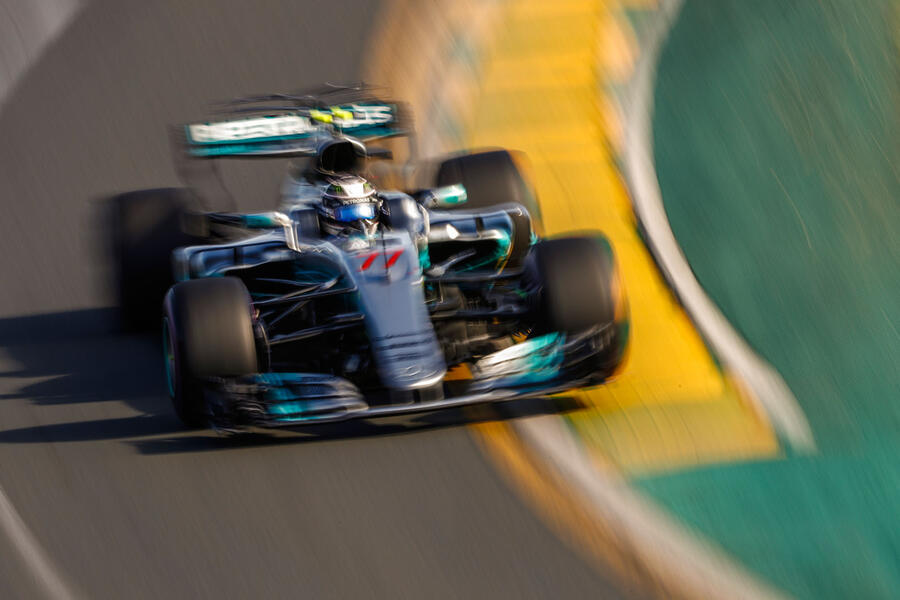
1. The cars are faster, but whether they are up to 5sec per lap faster as predicted remains to be seen
The new regulations yielded their primary purpose: faster lap times. The sport’s governing body, the FIA, was promising they would be up to 5sec per lap during pre-season, but clearly, this will vary from race to race. At the 2016 Australian Grand Prix, the fastest lap was set by Red Bull’s Daniel Ricciardo, with a time of 1min 28.997sec. This year’s, set by Ferrari’s Kimi Räikkönen, was a 1min 26.538sec. So 2.5sec, give or take. The Australian Grand Prix is held on a sort-of-street circuit, however, so the promise of a 5.0sec improvement could well come true in a fortnight’s time at the purpose-built Shanghai International Circuit, especially seeing as it has one of the longest straights of any circuit on the calendar.
2. Finally, they’ve sorted the tyres out
The tyres are wider, yes, but what’s really exciting about them is how resistant they are to degradation. Their maker, Pirelli, describes the wear rate as ‘very low’, and on the basis of Melbourne, that seems true. This is good, because since Pirelli took over the rubber-making duties in 2010, their tyres have had very high degradation, and drivers would have to drive nowhere near the limit for long periods of the race in order to preserve them – hardly conducive to high-octane action. On the old tyres, certain cars wouldn’t ‘work’ on certain tracks, either, because teams would struggle to operate within the tyres’ narrow temperature window. Now, drivers can keep on the limit for nearly the whole race.
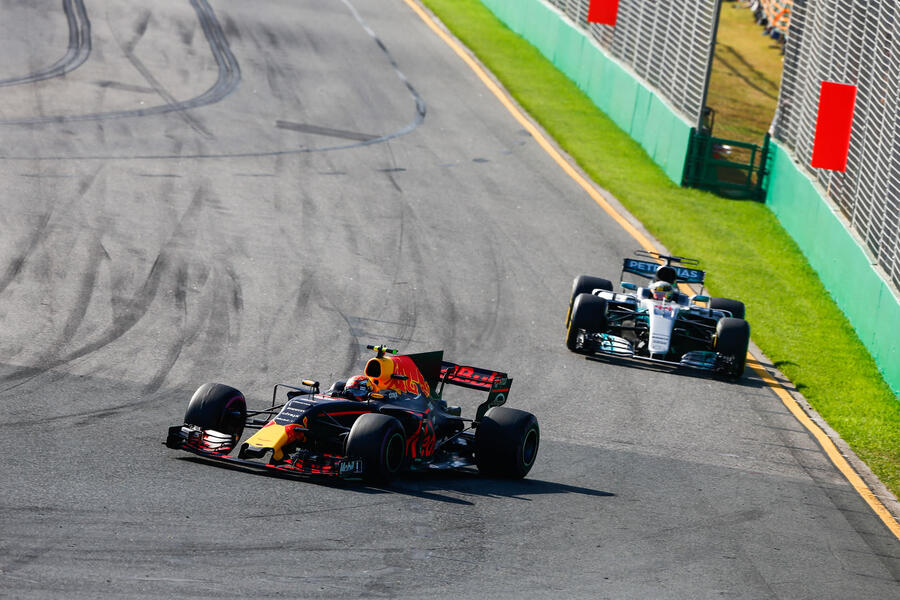
3. Overtaking is much more difficult
Last year was one of the best seasons on record for overtaking manoeuvres, with an average of 41.2 per race. If you look back to 2008 – the last time Formula 1 had cars this fast and aerodynamically complex – the average number of passes per race was 14.4. Ouch. Unfortunately, we seem to have returned to lower overtaking averages. Lewis Hamilton was struggling, and even the man who last year consistently overtook where one should not be able to, Max Verstappen, struggled. After the race, when a reporter asked Williams' Felipe Massa if overtaking was harder, he replied: “What overtaking?”. At least we still have the Drag Reduction System (DRS) to help drivers attack the car ahead.
4. Pitstops will be crucial
Back in the days of Ferrari and Michael Schumacher’s crushing dominance, the race was often won in the pitlane. This hasn’t been true for the last seven seasons, but Sebastian Vettel’s victory yesterday put an end to that. The ‘undercut’ – coming in for new tyres before your rival and taking advantage of fresh rubber to pass him when he makes a pit stop – had been effective before. In Australia, however, Hamilton found it impossible to overtake the Red Bull of Verstappen that was between him and Vettel’s Ferrari. The German’s ‘overcut’ (by dint of the more durable new tyres, stopping later than your rival has become preferable to stopping earlier) won him the race. Thankfully, the cars are able to follow one another closely, contrary to what had been feared, but actually getting past may prove a different story.
5. At last, we have a two-(prancing)-horse race
Vettel’s victory marked the first time in the hybrid era, which began in 2014, that someone other than a Mercedes driver had led the drivers’ championship, a fact that serves to illustrate the Silver Arrows’ crushing dominance of the last three seasons. Until now, a non-Mercedes win had required a serious degree of luck. Now, it looks like Ferrari’s promising testing pace has thankfully translated into race pace. A title fight between a Hamilton with something to prove and a rejuvenated, determined Vettel is something to savour. Mercedes new-boy Valtteri Bottas may even get involved in at some point, once he’s used to the car.
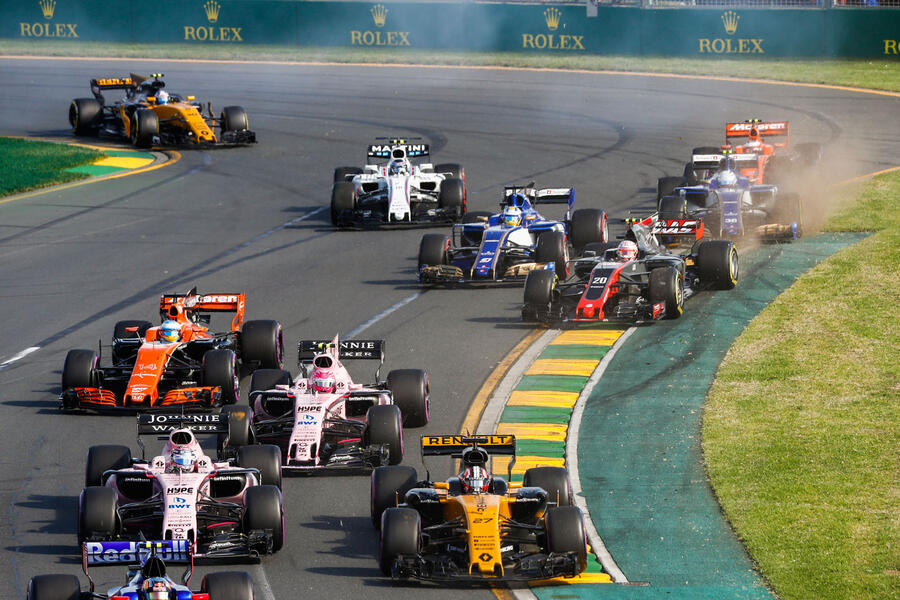
6. The midfield looks tight
Thus far, the pecking order would appear to be incredibly competitive. Up front are Mercedes and Ferrari, and nipping at their gearboxes are Red Bull. Behind that, though, you’ve got Williams, Force India, Toro Rosso, Renault and Haas all fighting for scraps, and an expectedly slight distance behind them is Sauber. The less said about McLaren and their underperforming Honda power unit, the better...
Read more - Opinion: Exciting Australian Grand Prix proves F1 is back

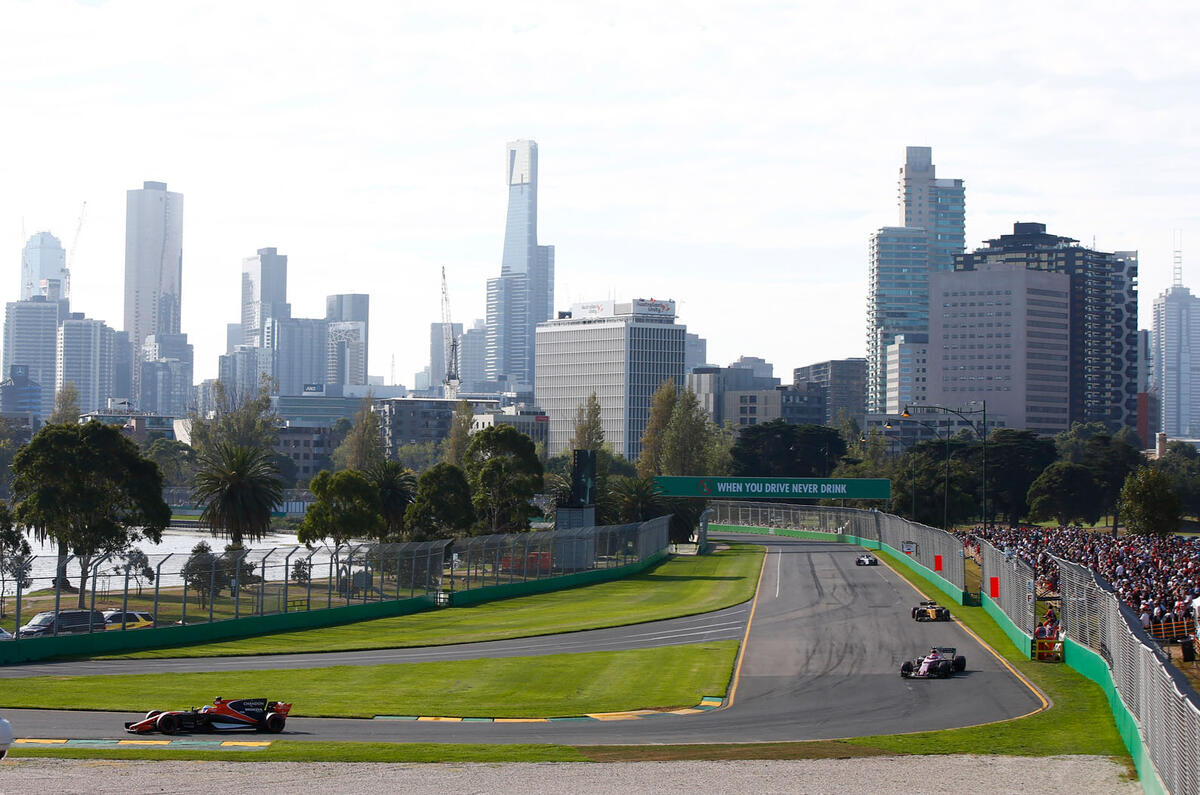
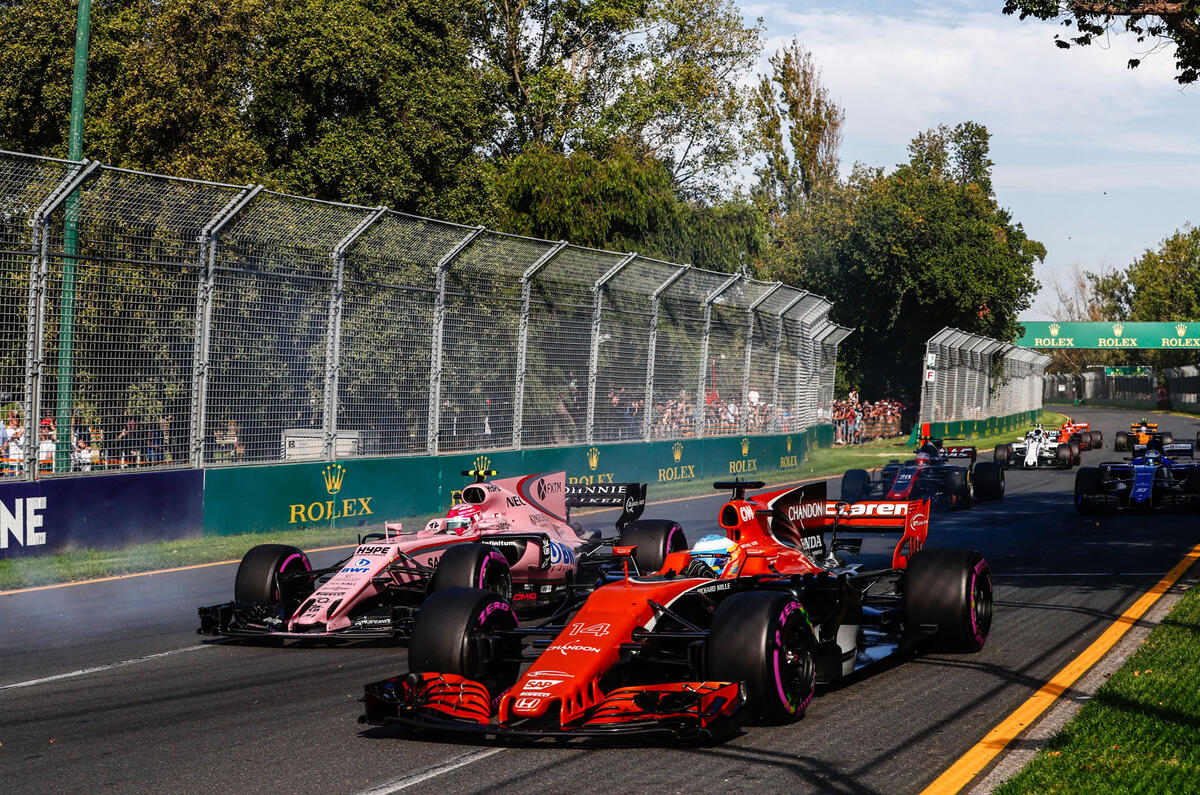
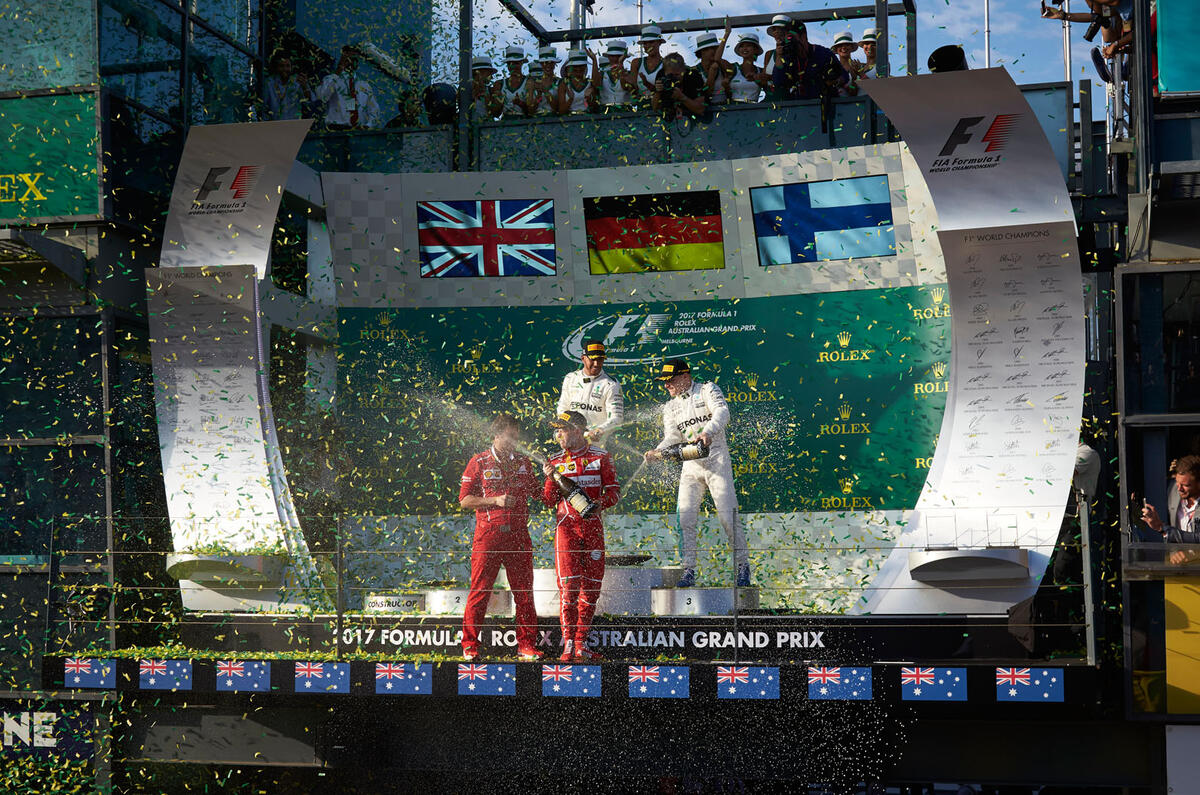
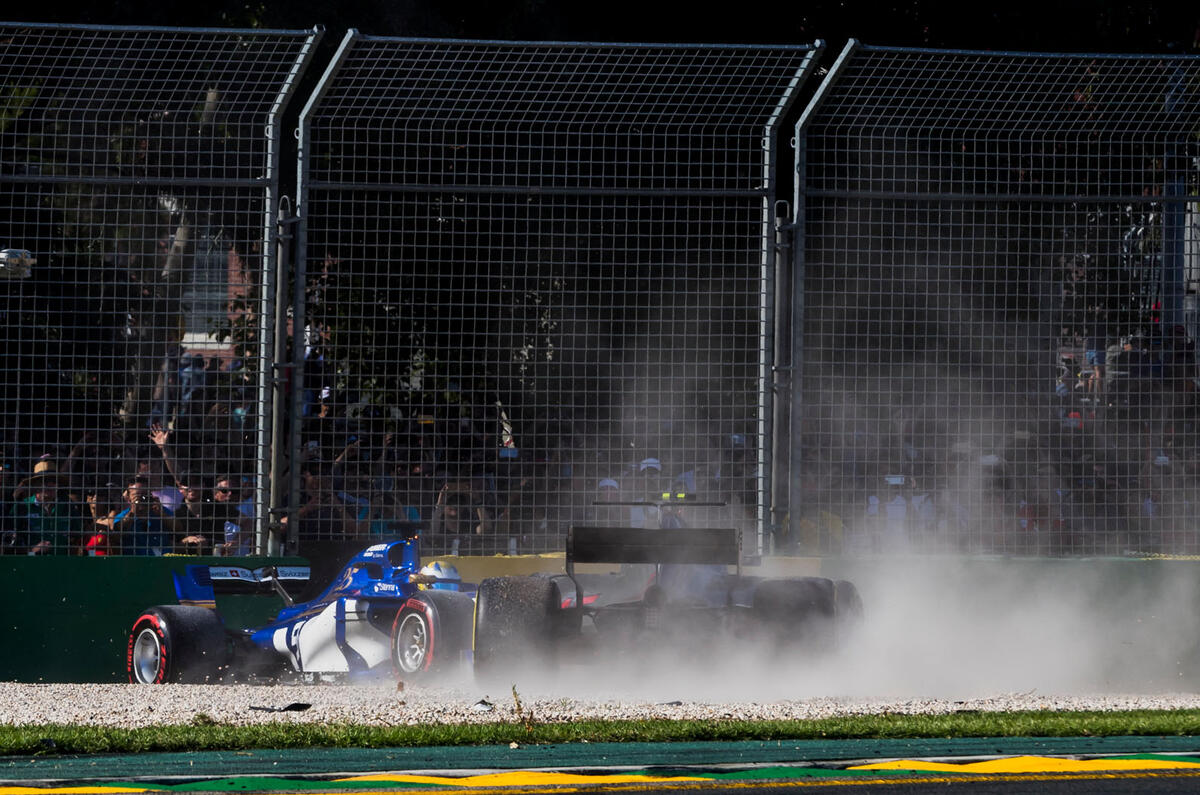
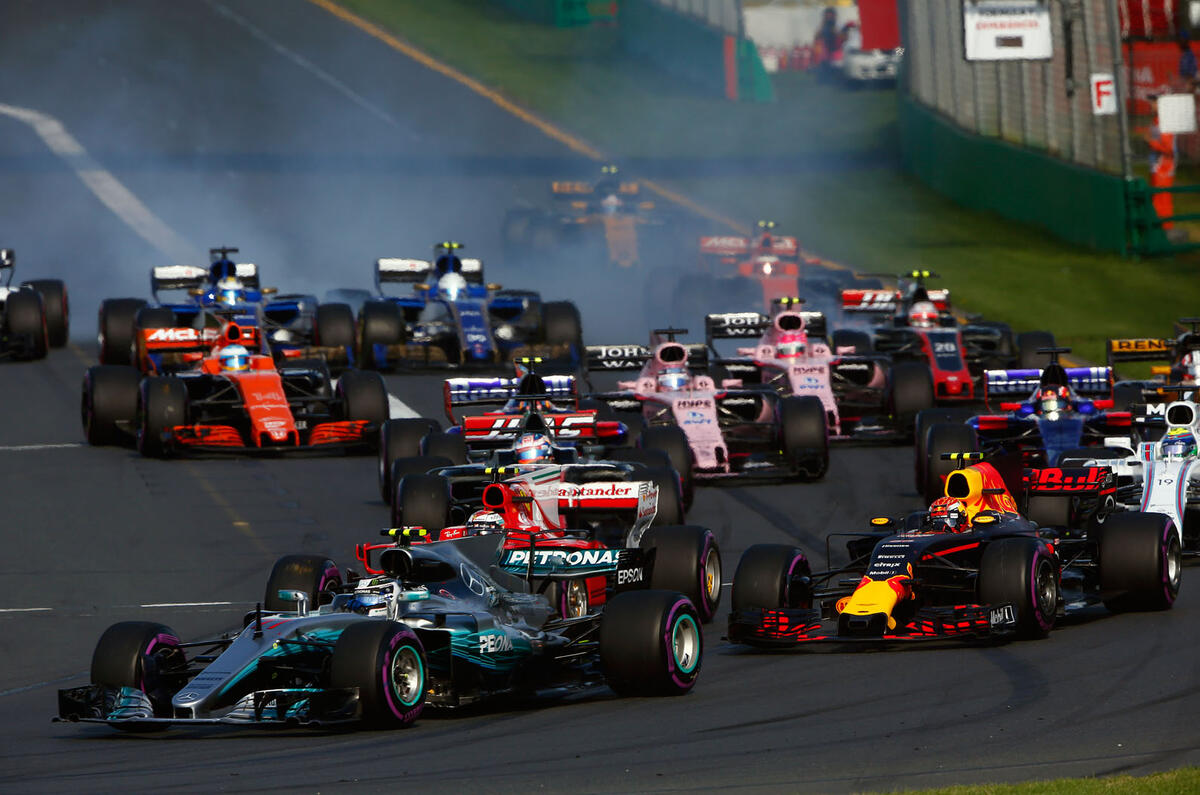
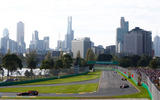
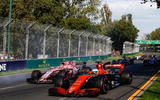
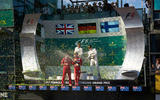
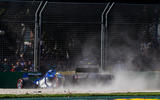
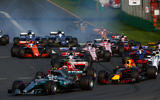


Join the debate
Add your comment
F1nished
Are the cars really more
And they still sound like lawnmowers. In fact that is probably unfair as I quite like the sound of some lawnmowers. Perhaps Briggs and Stratton could be McLaren's new engine supplier? A pull start would be very useful if they stalled on the grid.
Honda engine issues